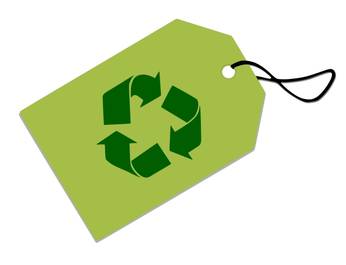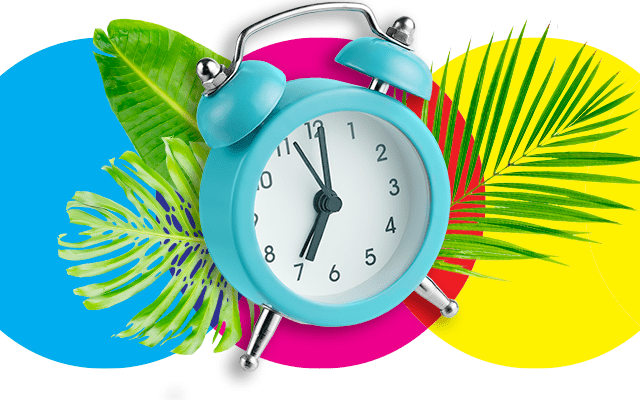Recycling is a major issue today and each product is designed, or rather adapted, to then be easier to recycle.
Labels are an integral part of products and their packaging. They must therefore be recyclable or easily separated from the product. Whether a paper label or a full sleeve, there are good practices to adopt to facilitate the recycling process of a PETE product.
Traditional labels
Paper labels should detach containers in flotation tanks or air separators, thanks to their density. Ideally, they should leave no glue residue, under penalty of contamination.
Metalized labels should ideally be avoided, as they may be set aside by metal detectors, and thus become an obstacle when recycling.
Labels most suitable for recycling are polypropylene (OPP) labels, which use little adhesive and exposes a significant portion of the PET container.
Sleeve labels
For shrink sleeve labels, they should ideally be designed in OPP, but it still is a rare practice. Sleeves are most of the time in PVC or PET-G.
One solution is not to fully cover the container so that the sorting system can be as effective as possible.
Above all, the sleeve labels must be designed to be easily removable and therefore perforated in advance. This way, the sleeve will be put aside in the collection of recyclable materials, thus facilitating the recycling process!
The adhesive
The last important element when it comes to making the labels more adapted to the necessities of recycling: the adhesive.
The quantity of glue and the surface where it is applied should be minimised to reduce contamination during recycling. In addition, the glue should be soluble in water or alkali. Also, the layers of adhesive must be the finest possible.
Here are some of our tips for making labels that contribute to recycling efforts!







